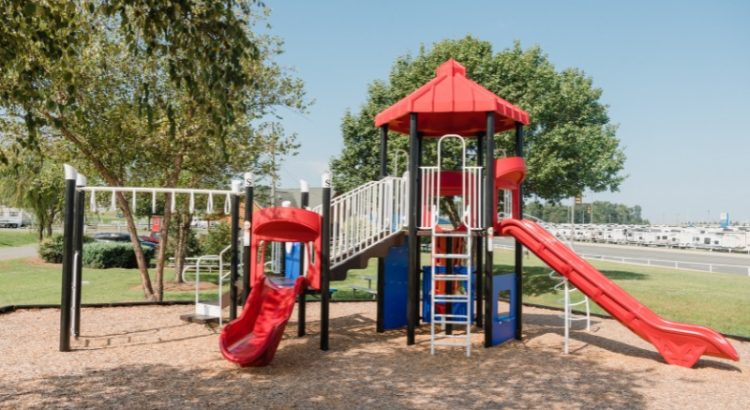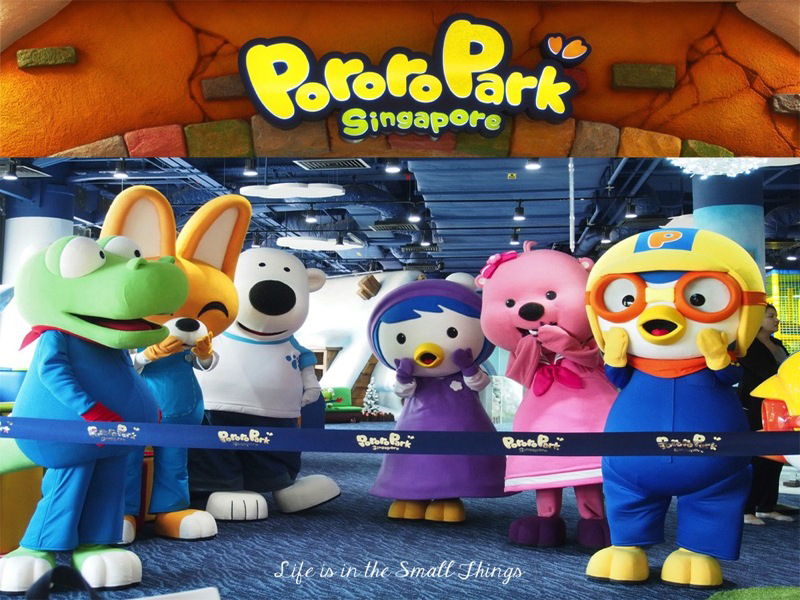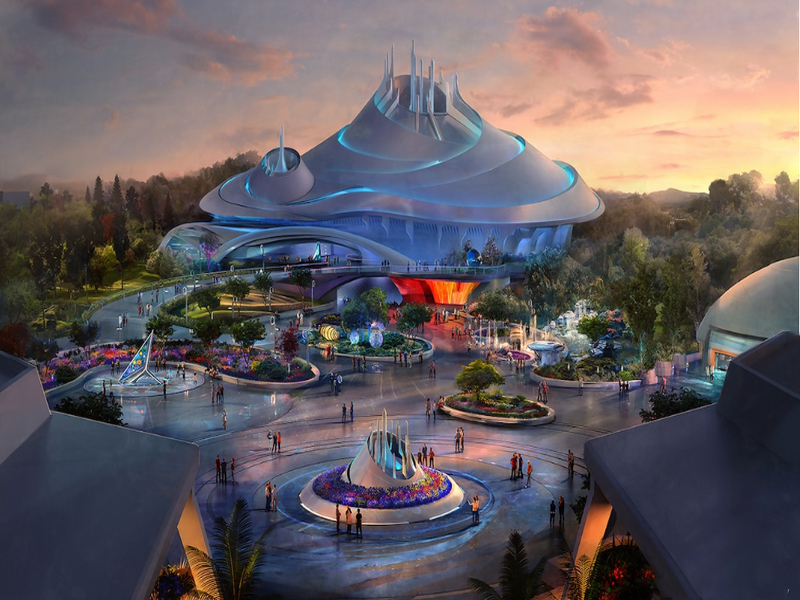Playsourcehome – Eco-friendly playgrounds are transforming public spaces in cities worldwide. Built with sustainable materials and designed for community well-being, these green play areas prioritize both child development and environmental impact. Urban planners, parents, and educators are embracing this trend to reconnect children with nature in dense city environments. Instead of plastic-heavy, isolated structures, modern playgrounds now promote natural textures, recycled resources, and biodiversity. The movement is redefining how cities think about space, sustainability, and childhood.
“Read More: Play Music During Meditation Can Improve Mental Health”
Recycled materials replace traditional plastic playground elements
Eco-friendly playgrounds often avoid conventional plastic and metal parts. Instead, they use recycled rubber, repurposed wood, or reclaimed construction materials. These elements offer the same safety and durability, while significantly reducing waste. Some playgrounds even use old tires, fishing nets, or decommissioned building panels as raw materials. Parents appreciate that the structures feel safer, warmer, and more natural. Children benefit from richer textures and more sensory engagement. Recycling in design goes beyond cost—it’s about responsibility.
Natural landscapes replace flat surfaces for creative exploration
Rather than flat concrete or rubber mats, eco-playgrounds use hills, sand pits, and natural water features. This encourages children to explore physically, stimulating balance and coordination. Uneven surfaces and open-ended layouts help kids invent games, rather than follow fixed paths. Logs, rocks, and trees become part of the adventure. These landscapes promote risk-taking in safe ways, allowing more organic development of problem-solving and creativity. The result is a playground that feels more like a forest than a box.
Solar lighting and green roofs reduce energy impact of playgrounds
Sustainable playgrounds incorporate eco-energy solutions to lower their carbon footprint. Solar-powered lighting ensures safe play after sunset without adding to city power loads. Some structures include green roofs covered in native plants that insulate and absorb rainwater. These features demonstrate environmental stewardship in action. Parents and children witness sustainability in everyday moments. Urban planners consider these elements not only functional but educational, turning each site into a mini-environmental classroom.
Community gardens and play areas blend in shared public spaces
Many eco-playgrounds now include gardens where kids can grow herbs, flowers, or vegetables. These green zones create a direct link between play and environmental care. Children learn about planting, watering, and harvesting in spaces designed for fun. Parents and volunteers often join in, strengthening neighborhood bonds. These garden-playground hybrids turn passive parks into active community hubs. Urban space becomes a living system, maintained and loved by those who use it most.
Rainwater harvesting systems power water features in eco-playgrounds
Water-based play is essential for many playgrounds, but eco-friendly models avoid waste. They use underground tanks or surface channels to collect rainwater. This harvested water powers splash zones, small fountains, or interactive streams. The system teaches kids about natural cycles—where water comes from, how it’s stored, and why it matters. It also reduces pressure on city supplies. Kids stay cool, and the city stays smart.
Inclusive designs support play for children of all abilities
Sustainability is more than environmental—it’s also social. Eco-playgrounds often include wheelchair-accessible ramps, sensory play stations, and quiet spaces for kids with autism or sensory challenges. These features make the playgrounds truly inclusive. Woodchips are replaced with rubber surfacing that’s easier to navigate. Nature-based activities appeal to diverse learners and mobility levels. By designing with empathy, cities create spaces where all children feel welcome and engaged.
Local artists collaborate on designs with cultural relevance
Many eco-playgrounds include artwork from local sculptors or painters, blending sustainability with culture. These collaborations produce play spaces that reflect neighborhood identity. Sculptures double as climbing frames. Murals explain native wildlife. Play becomes a storytelling experience rooted in place. Children see their own communities reflected in these spaces, building pride and connection. Sustainability also includes cultural memory, and these playgrounds preserve it.
Urban air quality improves as green spaces expand through play
Eco-friendly playgrounds often contribute to broader environmental goals. Trees, shrubs, and groundcover plants planted around play zones help improve air quality. They absorb pollutants, reduce heat, and offer shade. In areas with limited green space, even small playgrounds make a big difference. Local governments often track environmental metrics in tandem with play data. These sites don’t just entertain—they clean, cool, and calm the city.
Modular play structures allow easy repairs and reduce waste
Sustainability also means longevity. Eco-playgrounds use modular structures that can be repaired or replaced without dismantling the whole space. This reduces material waste and saves public funds. When a piece breaks, cities swap the module instead of the entire set. Materials are sourced with reuse in mind. Urban maintenance teams report fewer disruptions, and kids enjoy playgrounds that stay functional longer. It’s a smarter use of time, money, and resources.
Children learn environmental values through immersive design
Perhaps the most powerful impact of eco-friendly playgrounds is educational. When kids touch natural textures, care for plants, or splash with recycled rainwater, they absorb values that lectures can’t teach. Environmental consciousness becomes part of play. Teachers and parents use the space as an outdoor classroom, linking science, health, and ethics. The lessons stay with kids as they grow—planting seeds of awareness that may last a lifetime.



